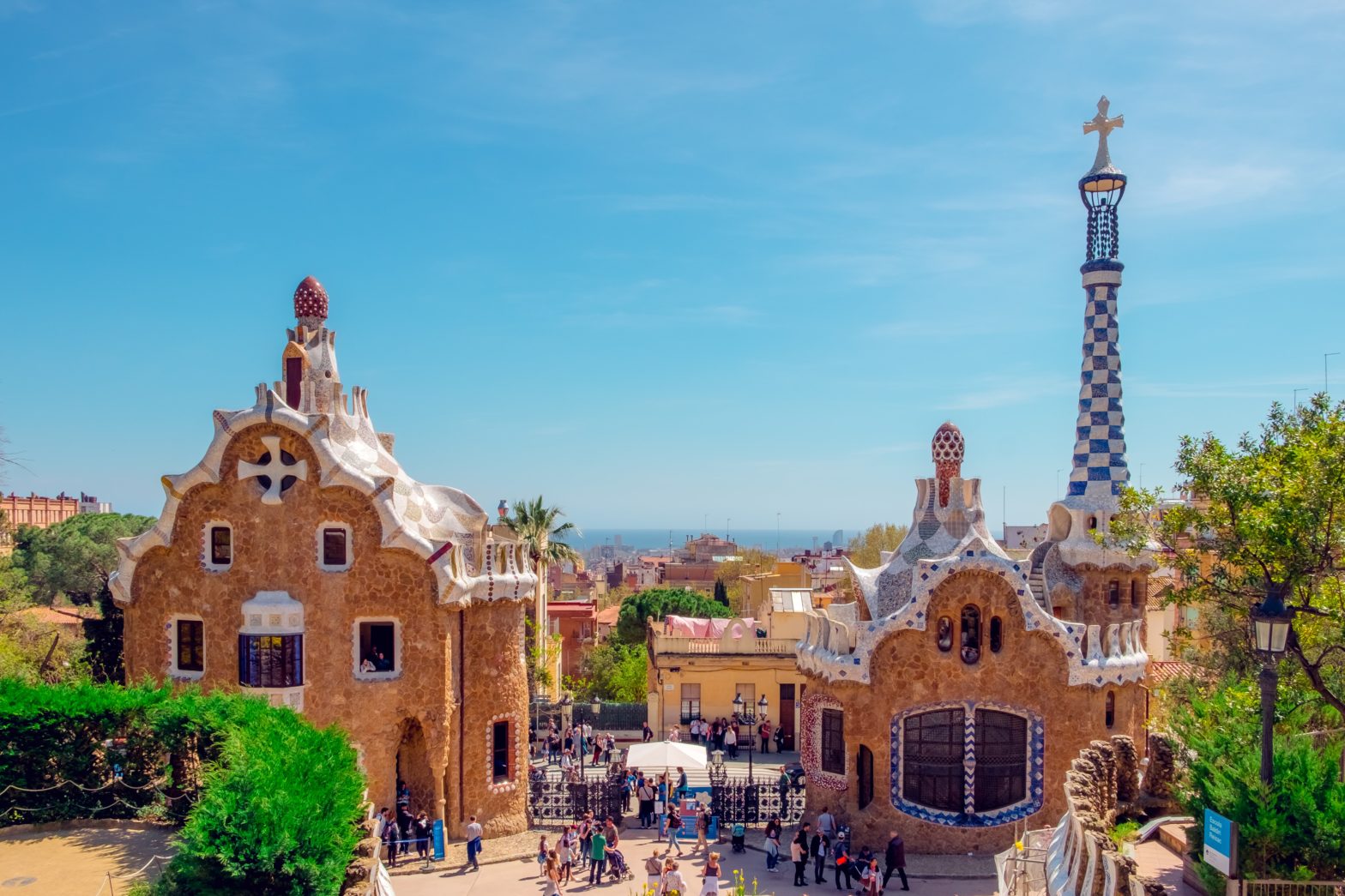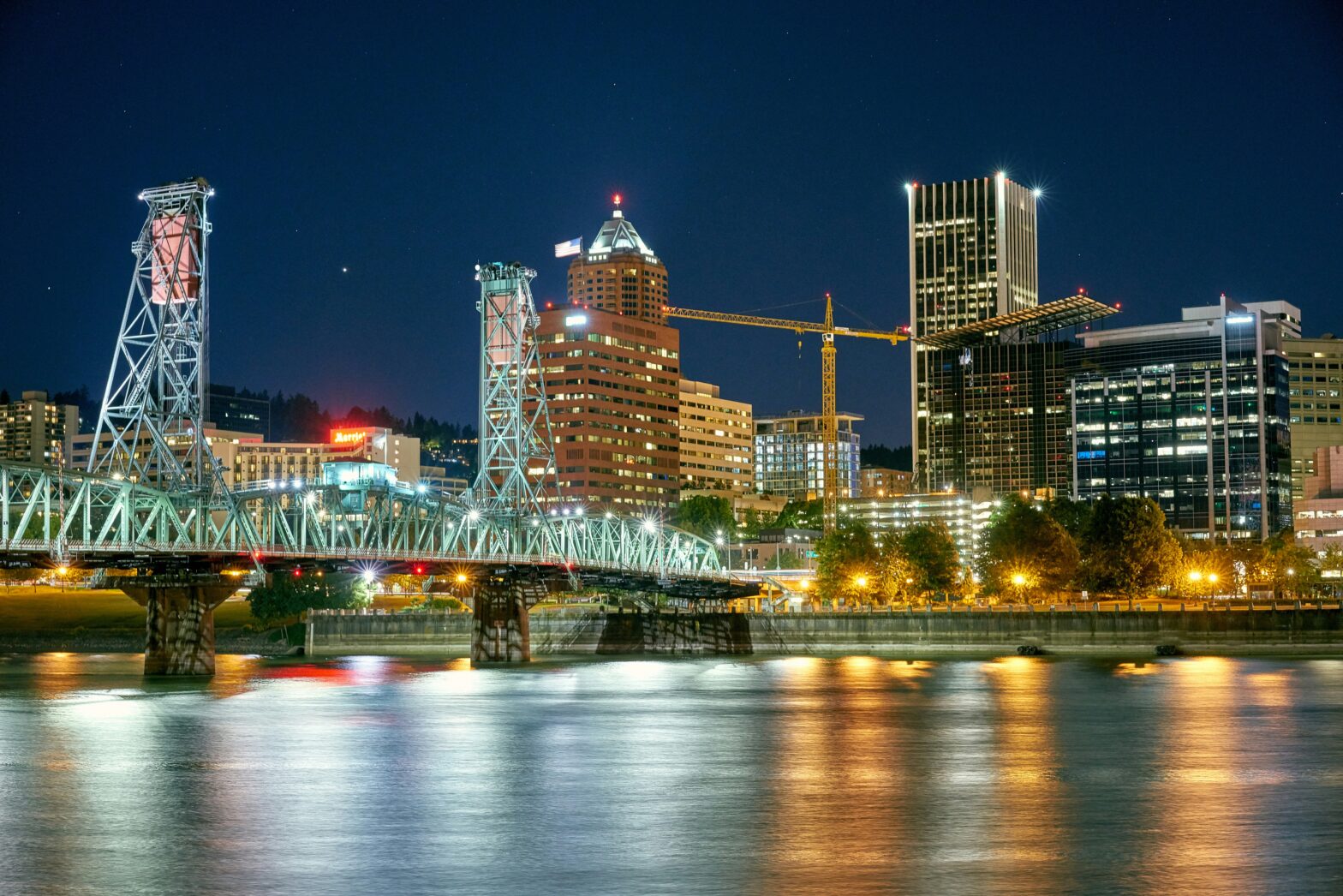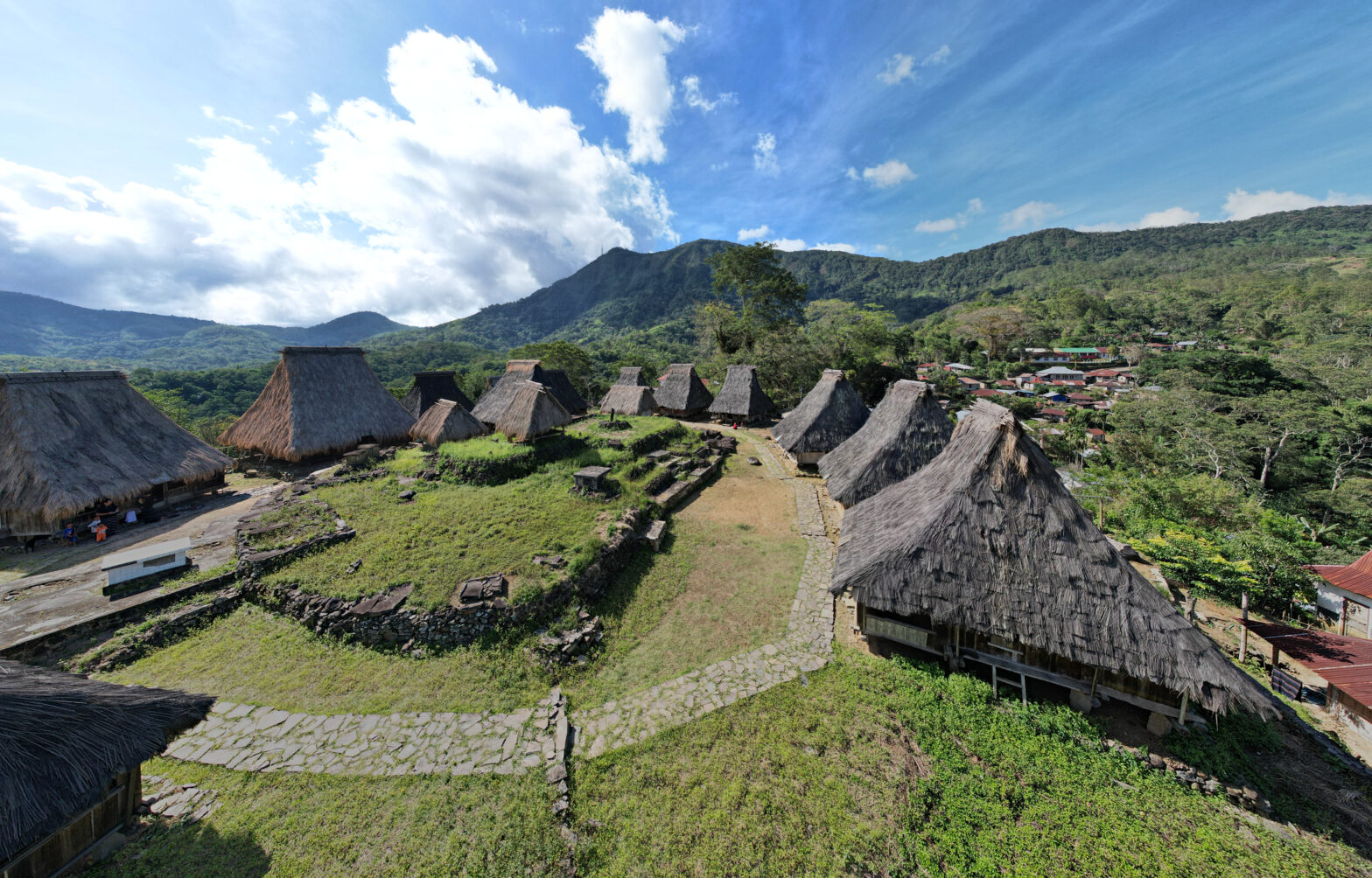Barcelona is a vibrant city in Spain known for its lively culture that includes warm beaches, friendly locals, and delicious food. Originally founded by Romans, the city has a rich history dating back to Neolithic times.
Tourism in Barcelona contributes heavily to its economy. As a result, the city offers many things for tourists to see and do during their visit. The Gothic quarter, for example, is a trendy neighborhood that mixes old historic buildings with new, more modern ones. It’s a famous tourist attraction where visitors can learn how the city’s history influenced its culture today.
Barcelona also boasts several entertainment options for guests to enjoy. This includes shopping centers, historical museums, art galleries, bars, and nightclubs. Additionally, visitors who want to get more familiar with the culture can explore its local markets and eateries that serve traditional Catalan meals. You can also get friendly with the locals as you make your way around Barcelona city with the help of its easily accessible public transportation. Whatever you decide, Barcelona has a little bit of everything for everyone.
Navigating Barcelona can be challenging when you’re limited in how much time you can spend there. However, it’s not uncommon for many tourists to spend a single day in Barcelona before moving on to other parts of the country.
The city offers plenty of guided tours to experience all of Barcelona’s culture in a short time. And if you’re traveling with a small group, there are also private tours available that can accommodate your party. In short, there are options for travelers who want to visit the city with limited time. Here are seven popular destinations that you must see on your one-day trip to Barcelona:
1. Walk Along La Rambla

La Rambla, or Las Ramblas, is a historic street that stretches nearly a mile through Barcelona. The boulevard is home to a number of street performers inspired by pop culture idols and mythological creatures. Many tourists enjoy watching the different street acts and performances throughout the day.
The performers that frequent the famous street are as vast as the shops and eateries that line it. For example, plenty of tourists enjoy touring the Erotica Museum to learn more about the history of erotica and its influence on popular culture. Others prefer to peruse the aisles of Mercat de la Boqueria, a popular outdoor market that carries a range of fresh and colorful produce.
There are many things to see and do in La Rambla. However, like most places, the street can become more dangerous at night, so you should plan your trip for the daytime. That way, you can spend enough time on the boulevard to leave before nightfall.
2. Marvel at the Optical Illusions at Casa Batlló

Casa Batlló is a trendy tourist destination. So much so that it’s relatively common to see long lines forming at the entrance to get in.
The site is known for its unique ironwork façade that acts as an optical illusion. Guests love to capture photos of its multiple balconies resembling either carnival masks or skulls, depending on who you ask. Part of the draw of Casa Batlló is its impeccable design, created by renowned Catalan architect Antoni Gaudí.
During the summer months, Casa Batlló hosts noches mágicas or magic nights. During the evening celebration, guests can dance to live music on the rooftop as they sip cava, a popular beverage in Barcelona.
If you’re short on time, you can purchase tickets online to avoid wasting too much time standing in long lines. Guests who buy their tickets online may also receive them at a discounted price. If you’re unable to purchase advance tickets, the best time to visit Casa Batlló is in the mornings or before closing.
3. Smell the Flowers at Park Güell
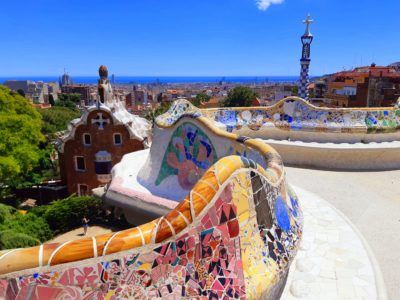
Park Güell is a public park with an over 100-year old history. There, tourists can take in views of its lush greenery and collection of flower species.
Serpentine Bench is a must-see attraction that’s recognized by locals from around the city. The brightly-colored tile mosaic was designed to look like a serpent slithering around the park’s terrace. Guests can sit on the bench for fantastic views of the city.
Also, nature enthusiasts will enjoy the Austria Gardens, a plant nursery that houses towering Austrian trees. The trees were donated to the park in 1977 and are beloved by guests from all over today.
4. See the Unusual Architecture of La Pedrera
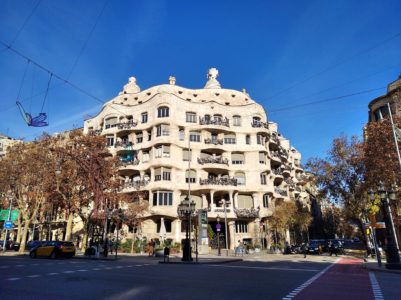
La Pedrera, also known as Casa Mila, is a residential building recognized for its unique appearance. As the last of Gaudí’s civic architectural projects, it holds plenty of meaning for locals and tourists.
Guests can tour all five floors of the building to learn more about its history and the inspiration behind its design. For a panoramic view of the city, guests can explore the Warrior Rooftop, whose chimneys were modeled to represent ancient warriors. And inside La Pedrera’s Tenants’ Apartments, guests have the unique opportunity to experience what life was like for a bourgeoisie family over 100 years ago.
The Whale Attic is fan-favorite because it is home to the Gaudí Exhibition. In the exhibition, guests can explore many models, drawings, objects, and audiovisuals that uncover the intricacies behind Gaudí’s mind.
5. Step Back in Time at La Sagrada Família
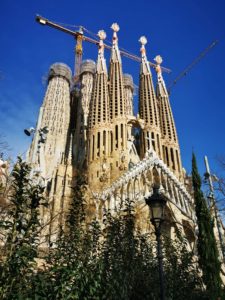
La Sagrada Família is a famous landmark tourists frequent to take pictures of its stunning architectural design. Its design combines elements of Art Nouveau, Catalan Modernism, and Spanish Late Gothic. Upon completion, it’s slated to become the tallest church in Europe.
The Roman Catholic church was designed in 1883 by none other than Antoni Gaudí. Unfortunately, Gaudí passed away before he could finish it, but visitors can still see his artistic influence in the church today.
The different facades inside the basilica are a popular draw for many tourists who can appreciate its intricate detail. Don’t forget to take a look at the most recognized façade, the Nativity Façade, which was named the “Patrimony of Humanity” by the UNESCO.
To maximize their time at the church, visitors can purchase packages that include entry into the church and its towers plus audio and guided tours.
6. Shop Around Passeig de Gràcia
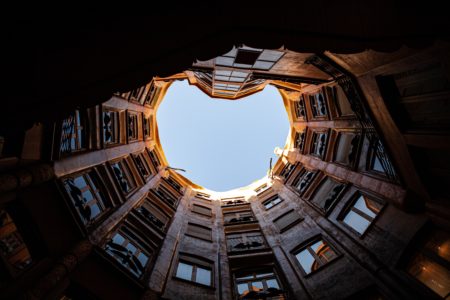
Passeig de Gràcia is a street nestled in the center of the city. Lined with shops and eateries, the famous boulevard is a popular attraction.
Visitors love to shop inside its high-end stores that carry a variety of designer apparel. In addition, there are plenty of cafes and restaurants to choose from where tourists can try some of Barcelona’s most famous foods. To taste the local flavors of Barcelona, Mercat de la Concepció is a grocery store that offers a choice selection of native fruits and vegetables, oils, and spices.
There are many other places to visit, including:
- The Perfume Museum, with its collection of over 5,000 products
- Alzueta Gallery, a supporter of smaller, upcoming artists
- Casa Amatller, for its impeccable Gothic and Flemish architectural style
- Santa Eulalia, to try on some pieces from its designer collections
- El Nacional, to experience four eateries under one roof
7. Experience Plaça de Catalunya, the Heart of Barcelona
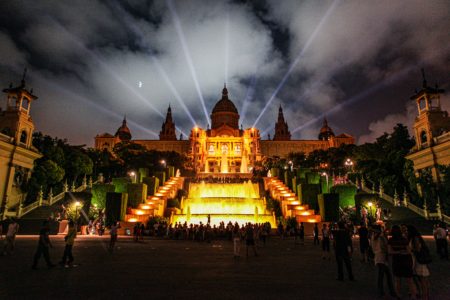
Considered the city center, Plaça de Catalunya is a bustling square that connects the Eixample and the old town. Travelers worldwide flock to the site to shop at its shopping centers and department stores.
Plaça de Catalunya is home to six sculptural groups representing the four Catalan capital cities, along with wisdom and labor. Some of the sculptures were created by famous artists, Josep Clarà and Joan Llimona. Visitors can find these monuments in different parts of the plaza.
The plaza also houses a variety of plants and vegetation, along with fountains that are great to capture in photos. To locals and tourists alike, Plaça de Catalunya is a great place to sit and rest after a full day exploring the city.
